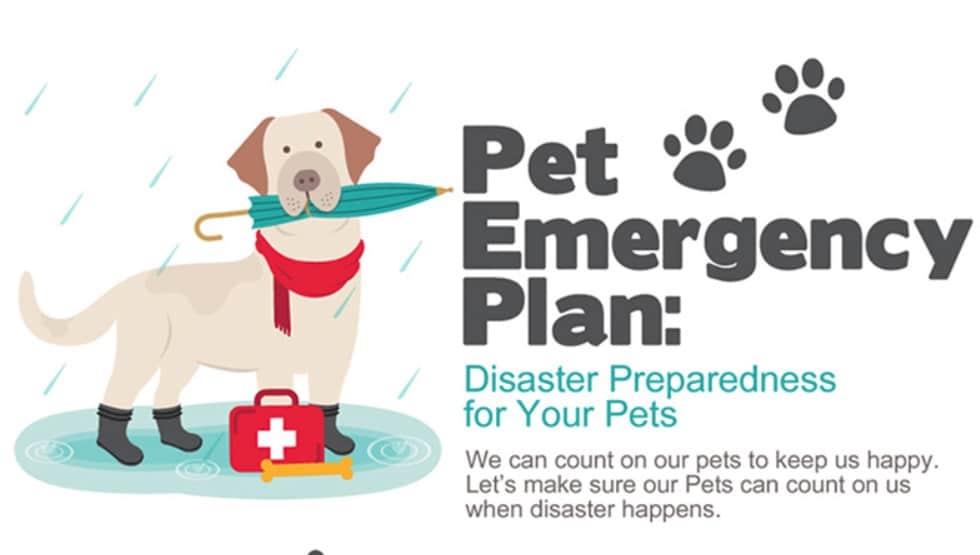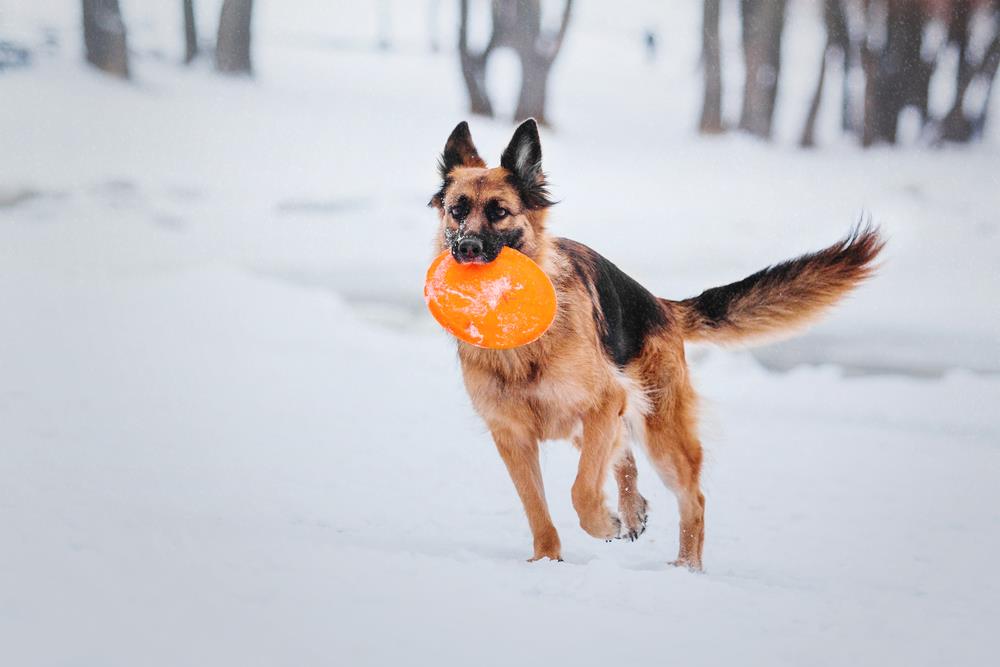Introduction: The Critical Role of Pet Safety in Extreme Weather
With climatic unpredictability on the rise, extreme weather events have become more frequent and intense. Our beloved pets, left vulnerable in these conditions, may face significant health risks. Recognizing the importance of pet safety during extreme weather conditions is crucial for responsible pet ownership.
Extreme weather can pose an array of dangers to pets, from hypothermia and frostbite in severe cold to heatstroke and dehydration in intense heat. Storms and heavy precipitation can lead to anxiety, stress, and potential physical harm. It’s imperative to understand these risks and take measures to protect your pets.
This article will delve into the specific threats posed by extreme weather conditions and provide practical advice on how to keep your pets safe. We will explore risk mitigation strategies for different weather extremes, and offer guidance on preparing a pet-friendly emergency kit.
Understanding Your Pet’s Vulnerabilities to Weather Changes
Extreme weather conditions can significantly impact your pet’s health. It’s crucial to know how different pets, such as dogs, cats, and birds, react to hot and cold temperatures.

Specific breeds or types of pets, like Siberian Huskies or Maine Coon cats, are more adapted to cold weather, while others, such as Chihuahuas or Siamese cats, are more comfortable in warmer climates. Birds like canaries and parakeets are more susceptible to cold weather than pigeons or crows.
How Age and Health Conditions Affect a Pet’s Weather Tolerance
Pets’ ability to cope with extreme temperatures can also depend on their age and health conditions. Older pets or those with health issues like arthritis or heart conditions are more vulnerable to extreme weather. They may need extra care such as insulated bedding or cooling mats to help them regulate their body temperature.
Preparing Your Pet for Hot Weather
As temperatures rise, it’s paramount to safeguard your pets from extreme heat conditions. Just like humans, pets are susceptible to dehydration, sunburn, and overheating.
Always ensure your pet has access to plenty of fresh water and shade.
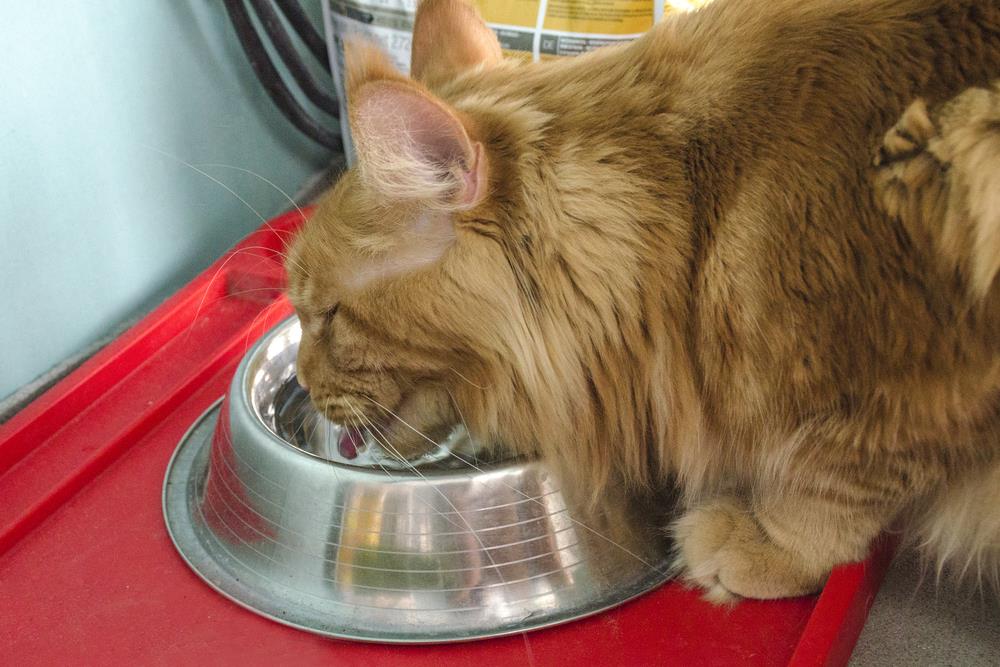
Avoid outdoor activities during peak heat times. Instead, opt for early morning or late evening when it’s cooler.
Indoor and Outdoor Activities
During hot weather, consider indoor activities like playing fetch or hide-and-seek. If outdoor fun is a must, a kiddie pool can offer relief from the heat.
Recognizing Signs of Heatstroke or Heat Exhaustion
Early recognition of heatstroke or heat exhaustion can save your pet’s life. Symptoms include excessive panting, uncoordinated movements, and loss of consciousness.
Remember, our pets rely on us to keep them safe and comfortable, especially in extreme weather.
Preparing Your Pet for Cold Weather
As the temperatures drop, it’s crucial to ensure your pets are well protected from frostbite, hypothermia, and other cold weather risks. Pets are vulnerable to cold weather conditions, much like humans. It’s important that you understand their threshold for cold and take necessary precautions.
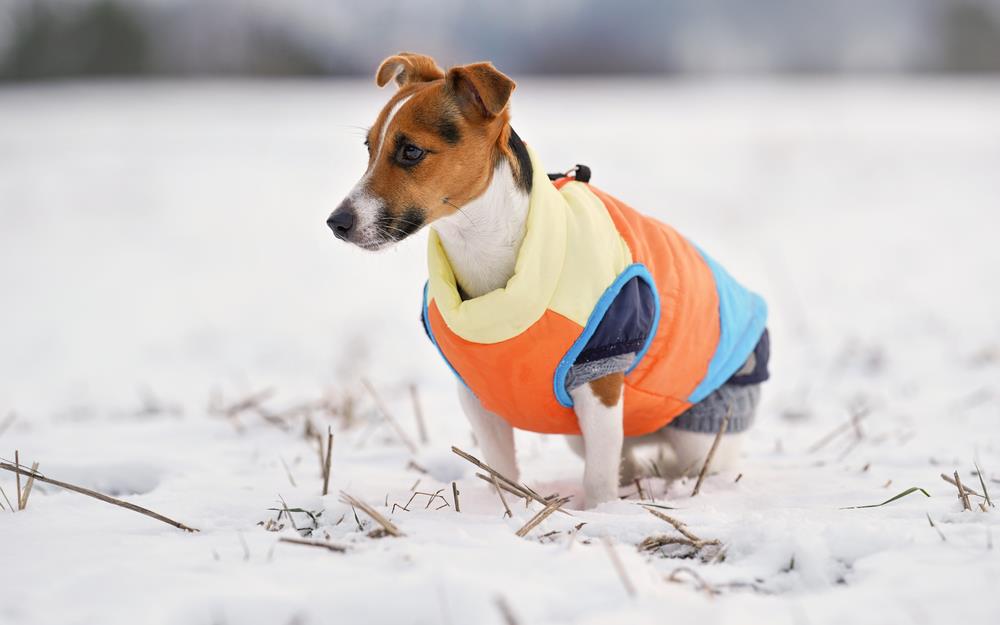
Indoor activities such as hide-and-seek, obstacle courses, and toy-based games can keep pets active and entertained during cold weather. For outdoor activities, consider investing in pet-friendly outerwear that provides insulation against the cold.
Recognizing Signs of Distress
It’s essential to recognize signs of distress or discomfort in your pets during cold weather. Lethargy, shivering, and whining are common signs of hypothermia in pets. If you observe any of these symptoms, consult a veterinarian immediately.
Remember, the best way to protect your pets during cold weather is to keep them indoors as much as possible. When outdoor activity is necessary, take steps to ensure they are warm and comfortable.
Preparing for Extreme Weather Events
Unpredictable weather events like hurricanes, floods, or blizzards can pose significant threats to your pets. Therefore, it’s essential to prepare adequately to ensure their safety.
Creating a Pet Emergency Kit and Plan
Prepare an emergency kit tailored to your pet’s needs. This should include food, water, medicines, veterinary records, and comfort items.
Designing a Safe Space for Your Pet
Designate a safe space in your home where your pet can stay during extreme weather. This area should be free of potential hazards and provide comfort for your pet.
Additional Tips
- Have your pet microchipped and keep your contact information up to date to ensure they can be returned to you if lost.
- Consider pet training to help them respond effectively to commands during stressful situations.
Pet Safety During Power Outages
Power outages pose significant risks to pets, primarily due to the loss of essential heating or cooling. Without these, pets can quickly succumb to heatstroke or hypothermia. They may also become anxious due to darkness or unusual noises from emergency generators, which can cause stress-related health issues or risky escape behaviors.[1]
Keeping Pets Comfortable and Safe During Power Outages
Ensure your pets’ comfort and safety during power outages by maintaining a calm environment and providing extra insulation or cooling methods, depending on the season. Battery-operated fans, warm blankets, and pet clothing can help regulate your pet’s temperature. It’s also important to keep them well-hydrated and stick to their regular feeding and walking schedules as closely as possible.
Emergency Supplies for Pets
Maintain a pet emergency kit that includes a minimum of three days’ worth of food and water, a portable water dish, a leash or carrier, and a pet first-aid kit. Include any necessary medications and a copy of your pet’s vaccination records. A battery-operated pet bed warmer can also be a lifesaver during winter power outages.
Training and Behavior Tips for Extreme Weather
In extreme weather conditions, your pets might experience heightened stress levels. Training them to stay calm can significantly reduce their distress. Start by acclimating your pets to mild versions of the weather they will be experiencing. Gradual exposure can help them adapt better. Use positive reinforcement to reward calm behavior, building their resilience to these conditions.
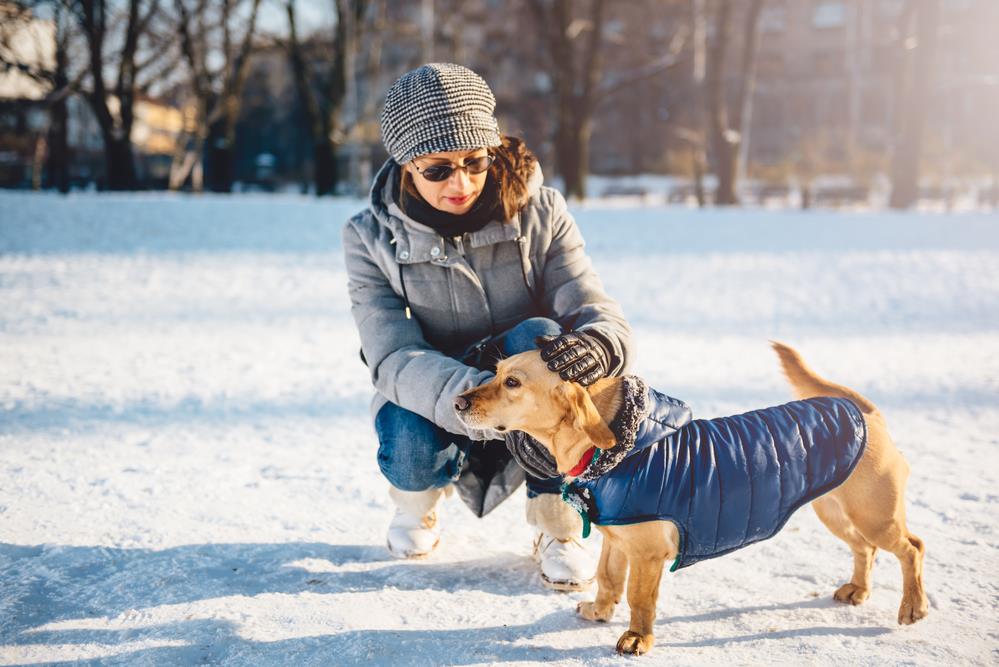
Managing pet behavior during weather-related disruptions requires consistency and patience. Ensure your pet adheres to their usual routine as much as possible to provide a sense of normalcy. Create a safe, comfortable space for them in your home where they can retreat during the extreme weather.
Comforting and reassuring pets during these stressful times is vital. Stay calm and composed as pets often mirror their owner’s emotions. Engage them in indoor activities and provide their favorite toys to distract them from the unsettling conditions outside.
Conclusion
In this comprehensive guide, we have addressed the crucial aspects of pet safety during extreme weather conditions. The key takeaways are the significance of planning, being proactive, and creating a safe space for your pets in such conditions. The Federal Emergency Management Agency (FEMA) underscores the importance of these measures for ensuring the safety and well-being of your pets.
It’s imperative that you are not complacent when it comes to your pet’s safety. Extreme weather is unpredictable and can pose severe risks. Preparation and proactive measures such as creating a pet emergency kit and identifying safe spaces in your home are vital.
Let’s not wait for the extreme weather to hit before we act. I encourage each one of you to take the necessary steps today to ensure your pet’s safety. They depend on us for their well-being, and it’s our responsibility to protect them.
